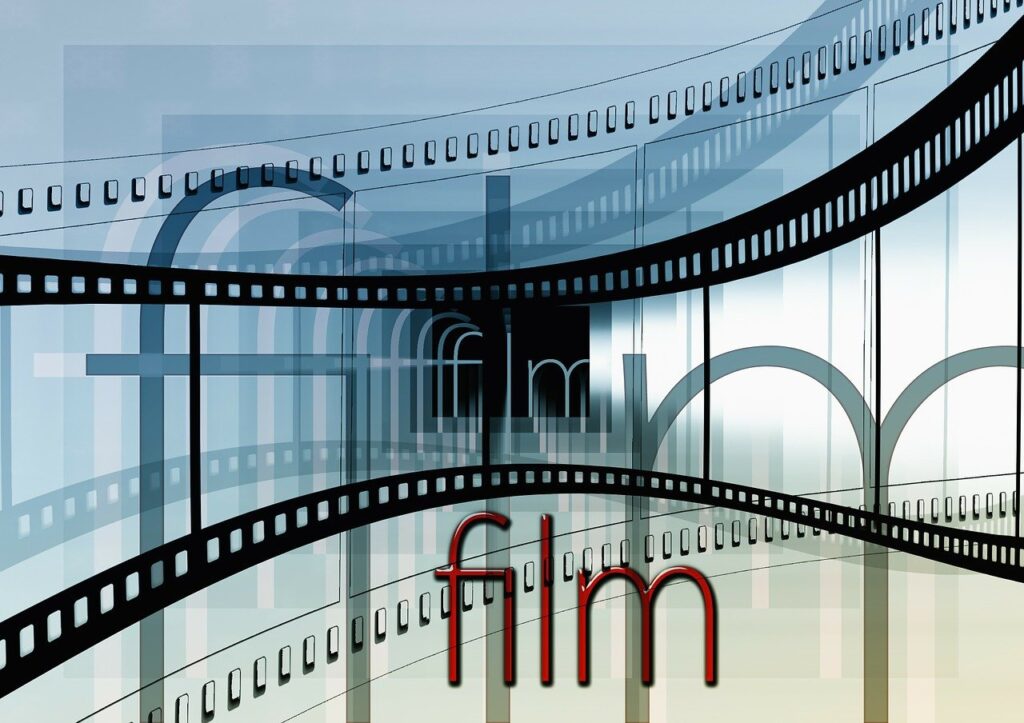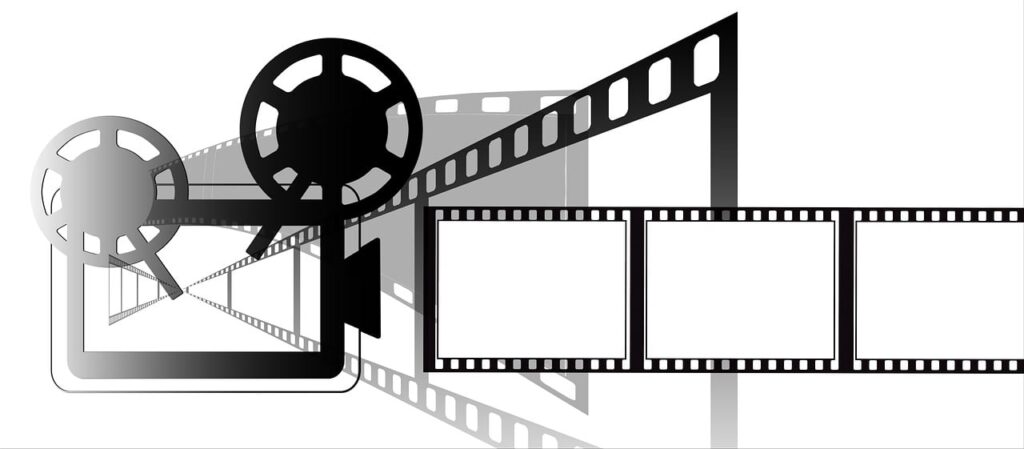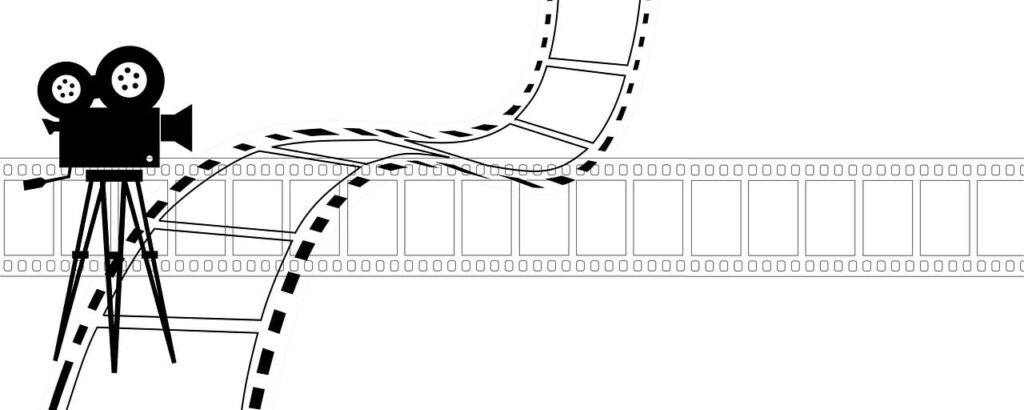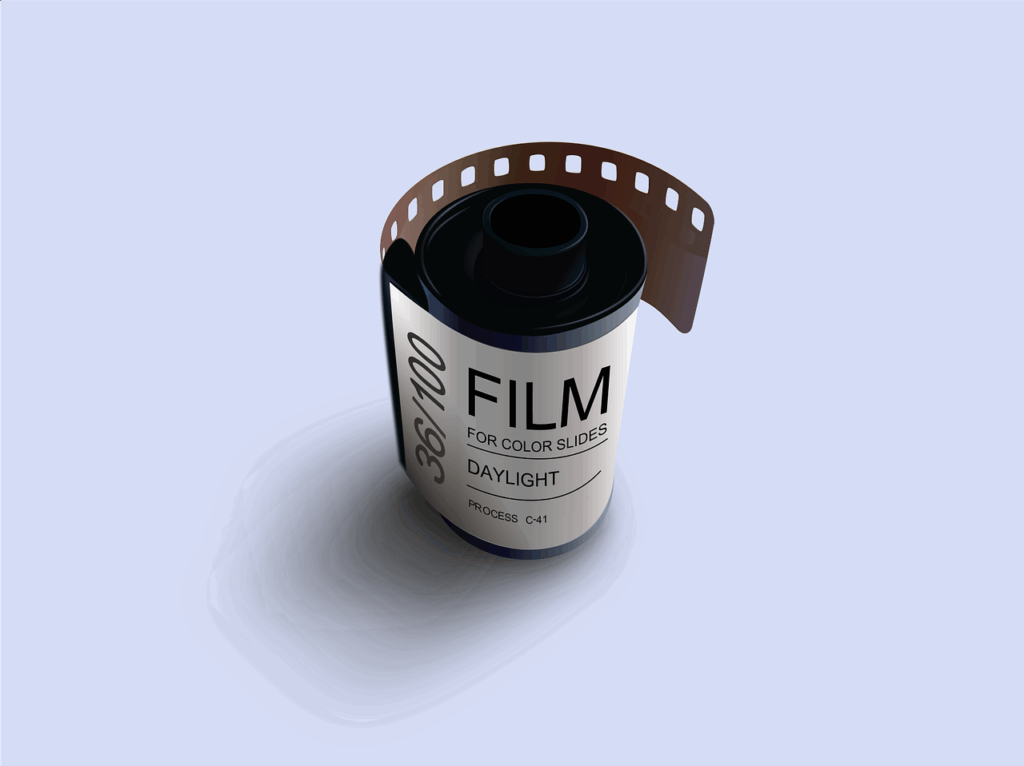
Alright, movie buffs, gather ’round! We’re about to take a deep dive into some serious cinematic history. You know how sometimes you watch a movie and you just *get* it, but then you find out it totally tanked at the box office? Well, you’re not alone! The world of film is full of surprises, and one of the biggest delights is watching a forgotten flick rise from the ashes to become a beloved cult classic. These aren’t just movies; they’re stories of redemption, re-evaluation, and sometimes, just really bad timing.
It’s easy to think that a movie’s success is solely measured by its opening weekend numbers or critical reviews from back in the day. But that’s just not the whole picture! Many of the films we adore today, the ones we quote endlessly and binge-watch on repeat, were once considered outright failures. They might have been too bold, too unconventional, or simply too far ahead of their time for audiences to stomach initially. But with a little help from home media, new generations, and a fresh perspective, these movies found their people and cemented their place in our hearts.
So, prepare to have your mind blown as we journey through 15 incredible films that prove the box office isn’t always the greatest judge of a film’s true worth. These are the underdogs, the misunderstood masterpieces, and the cinematic gems that crashed and burned only to be discovered and passionately embraced by viewers years later. Let’s kick things off with the first seven legends that took the scenic route to superstardom, showing us all that sometimes, the most interesting art just needs time to find its moment.
1. **Office Space (1999)**
Let’s be real, who among us hasn’t felt the soul-crushing monotony of the corporate world? ‘Office Space’ hit that nail right on the head, probably harder than any other film before or since. It perfectly captures the drudgery of cubicle life, telling the hilarious and all-too-relatable story of three friends who are utterly fed up with their jobs and decide to, well, revolt against their boss. The film’s biting satire and spot-on humor resonated deeply, especially with anyone who’s ever dealt with a TPS report or a stapler-obsessed colleague.
Despite its undeniable critical acclaim, ‘Office Space’ ironically mirrored the frustrations it depicted by becoming a sad box office disappointment. It managed to gross just $12.8 million against its $10 million budget, which isn’t exactly a roaring success. It seemed that mainstream audiences at the time weren’t quite ready for a comedy that so sharply satirized their own daily grind, or maybe the marketing just didn’t quite land it.
However, like a Phoenix rising from the ashes of a broken printer, ‘Office Space’ found its true calling in the home video market. Its DVD release was an absolute game-changer, selling around 6 million copies and igniting a massive cult following, particularly among the IT industry and other corporate workers who saw their lives reflected on screen. Today, the film almost regularly appears in lists covering the greatest comedies of all time, proving that sometimes, you just need the right audience to find you, even if they’re watching from their own soul-sucking office cubicles.
Read more about: Behind the Hollywood Curtain: The Brutal Editing Processes That Forged Blockbuster Legends
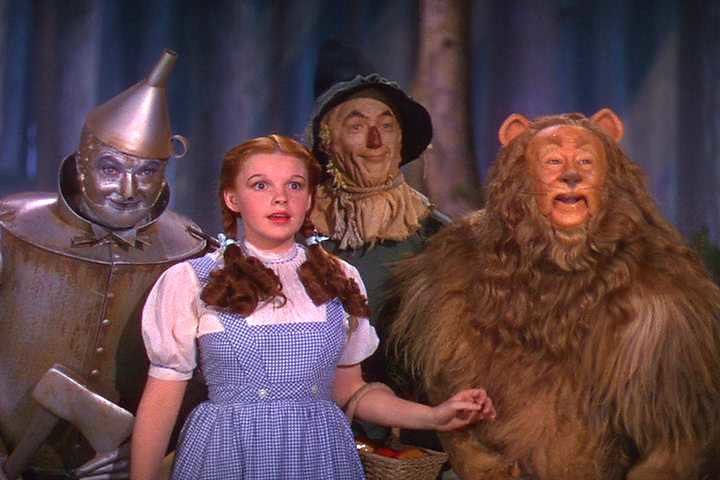
2. **The Wizard of Oz (1939)**
Okay, hands up if you can hum ‘Somewhere Over the Rainbow’ right now? Yeah, we thought so! ‘The Wizard of Oz’ isn’t just a movie; it’s practically woven into the fabric of American pop culture, a true cinematic marvel that revolutionized storytelling, visuals, and music, weaving pure magic with the medium. From the iconic yellow brick road to Dorothy’s ruby slippers, nearly every single aspect of this film has gelled with our collective consciousness, enchanting generations with its imaginative depth and creative vision.
But here’s the kicker: despite every single critic going absolutely gaga over its visual achievements and fantastical narrative, the film was a near box office flop during its initial release! Can you even imagine? A film so universally adored now, struggling to find its footing back then. It just goes to show you that even the most groundbreaking works can have a rocky start.
Thankfully, redemption came knocking years later, first with a re-release in 1949, and then truly taking off with a VHS release in 1980. These re-introductions brought the film back to life, allowing new audiences to discover its timeless charm and imaginative wonder. Since then, ‘The Wizard of Oz’ has become one of the most popular and enduring films in the history of cinema, a testament to its enduring magic and the power of a good old-fashioned rediscovery.
Read more about: The Director’s Chair: Unpacking the High-Stakes World of Hollywood Firings and How Creative Differences Reshaped Cinematic History
3. **Fear and Loathing in Las Vegas (1998)**
If you’ve ever wanted to embark on a road trip fueled by psychedelic madness, Terry Gilliam’s ‘Fear and Loathing in Las Vegas’ is your cinematic ticket. This dark satire plunges viewers into the bizarre exploits of a journalist and a lawyer who head to Vegas for work but end up exploring the city in a whirlwind of hallucinogenic chaos. It’s a wild, unconventional ride that, predictably, wasn’t exactly a crowd-pleaser upon its initial debut.
The film was quite divisive right from the start and, perhaps unsurprisingly, did not fare well at the box office. It generated a significant amount of controversy, and some critics didn’t pull any punches, deeming it a “self-indulgent mess.” It seems the mainstream wasn’t quite ready for its gonzo journalism style and the sheer, unadulterated strangeness that Gilliam brought to the screen. Sometimes, genius is just too intense for its own good at first glance.
However, years later, through various screenings and its much-anticipated release on home media, the film experienced a powerful revival. Audiences started to connect with its unique vision, its scathing social commentary, and its utterly unforgettable performances. ‘Fear and Loathing in Las Vegas’ has since been rightfully regarded as a cult classic, celebrated for its bold storytelling and its fearless dive into the weirder side of the American dream. It just goes to show that some trips are best taken when you’re a bit older and wiser.
Read more about: Blink and You’ll Miss Them: 14 Movie Star Cameos That Defined Pop Culture Moments

4. **Willy Wonka and the Chocolate Factory (1971)**
Step right up, folks, into a world of pure imagination! ‘Willy Wonka and the Chocolate Factory’ gave us one of the most memorable musical films ever made, depicting the bizarre and utterly eccentric adventures of its titular character as he invites a group of lucky kids to his mysterious factory. Gene Wilder’s performance as Wonka is nothing short of iconic, a perfect blend of whimsy and subtle menace that has captivated audiences for decades.
But get this: this highly unconventional film did not go well with audiences during its initial run. Its slightly odd plot and surprisingly dark undertones seemed to freak out family audiences, leading it to be a near disaster at the box office, not even covering its modest budget. To make things even wilder, the context mentions that even Roald Dahl, the author of the original book, reportedly hated the adaptation and Wilder’s performance! Talk about a tough crowd!
Yet, critical reviews for the film were largely positive, recognizing its unique charm even if audiences weren’t quite on board. Over the decades since its release, thanks in no small part to repeated TV reruns and home media, ‘Willy Wonka and the Chocolate Factory’ has entertained and enthralled viewers, growing into the beloved classic we know today. Its strangely wrought narrative structure and Wilder’s instantly recognizable face have made it a permanent fixture in cinematic history, proving that even a box office flop can become a golden ticket to timeless fame.
Read more about: 14 Iconic ’70s Actors Who Were Totally Robbed of an Oscar (Seriously, How?!)
5. **Harold and Maude (1971)**
Alright, let’s talk about a romance that truly dared to be different. ‘Harold and Maude’ tells the wonderfully quirky story of a young man in his twenties who finds himself caught up in a romantic relationship with a spirited 79-year-old woman. Now, that’s not exactly something that would typically go well with mainstream viewers, especially back in the early 70s. And, unsurprisingly, it didn’t.
This dark romantic comedy fearlessly explores profound themes of life and death through the eyes of two people from seemingly different phases of life, finding joy and connection in the most unexpected places. However, during its time, ‘Harold and Maude’ was both a critical and commercial failure, largely dismissed and pushed to the forgotten corners of cinema. It seemed the world just wasn’t ready for a love story quite so unconventional.
But as often happens with true cinematic gems, ‘Harold and Maude’ was revived years later by passionate cinema enthusiasts. It developed a strong cult following, with new audiences discovering its charm, wit, and deep emotional resonance. Many critics have since re-evaluated the film, and it has found its rightful place in numerous “all time best” lists, most notably landing at number 45 on the American Film Institute’s list of 100 Funniest Movies of All Time. It’s a beautiful reminder that love, and great cinema, knows no age.
Read more about: The Biggest Movie Flops That Actually Gained a Cult Following: Their Epic Comeback Stories
6. **It’s a Wonderful Life (1946)**
Here’s a fun fact that might just blow your mind: ‘It’s a Wonderful Life,’ arguably one of the most beloved films of all time, especially around the holidays, endured a lot of pain and heartbreak during the time of its initial release. This classic tale of hope and redemption, which now feels as essential to Christmas as Santa Claus himself, actually failed to garner much attention in the US and barely managed to gross around $3.3 million. Seriously, can you even imagine a world where this movie wasn’t an instant hit?
The reasons for its epic commercial failure were mostly attributed to its high production costs and an early release aimed at making it eligible for the Academy Awards. Unfortunately, it ended up suffering from some tight competition that year, getting lost in the shuffle. It even helped bankrupt its studio, Liberty Films! What a heartbreaking beginning for a film that would later become a beacon of light for so many.
But fear not, because ‘It’s a Wonderful Life’ has since grown greatly in stature, transforming into the quintessential staple of the Christmas season around the world. Its path to becoming a seasonal tradition is actually thanks to an incredible paperwork screw-up: in 1974, someone forgot to renew the copyright, accidentally making it public domain. TV stations, seeing a free opportunity, pounced on the chance to air it repeatedly during Christmas, and the rest, as they say, is history! Frank Capra himself admitted this was a deeply personal film for him and lived to see it grow into the phenomenon it is today, proving that sometimes, even a bureaucratic blunder can lead to cinematic immortality.
Read more about: From Stand-Up Legends to Viral Sensations: Why 15 Classic Comedians Would Rule TikTok Today

7. **Donnie Darko (2001)**
Get ready for a mind-bending journey, because Richard Kelly’s indie sci-fi fantasy drama, ‘Donnie Darko,’ is a trip you won’t soon forget. It chronicles the adventures of its titular character as he is led outside by a monster-like figure named Frank, who delivers a chilling prophecy: the world is coming to an end in just 28 days. The film is a labyrinth of time travel, parallel universes, and doomsday prophecies that left mainstream moviegoers scratching their heads, but critics were almost unanimously praising its originality, tone, and intricate structure.
However, things weren’t so good at the box office. The film had, quite frankly, the worst timing ever. Its advertising and promotional strategies were severely affected because of the devastating 9/11 tragedy, with its airplane disaster subplot making it practically radioactive to American audiences. It scraped together a pitiful $398,386 in its initial US release, a truly heartbreaking sum for such a visionary film. The trippy narrative was just too much for the world to handle in such a somber climate.
But hold onto your creepy rabbit masks, because the DVD release of the film after a year absolutely shaped things up. ‘Donnie Darko’ started to find its foothold, initially gaining traction in the UK market, which helped spark its eventual cult status. Jake Gyllenhaal’s breakthrough performance and that supremely creepy Frank the Rabbit costume have made it required viewing for anyone who likes their movies weird, philosophical, and a little bit haunting. It’s now a frequent visitor in lists including the best films of the century and has garnered a strong cult following, proving that some films truly need time, and the right format, to be fully appreciated.

**8. Vertigo (1958)**
Alright, movie lovers, prepare for a twist! We’re diving into Alfred Hitchcock’s “Vertigo,” a film that today sits atop “greatest films of all time” lists. It even famously unseated “Citizen Kane” in Sight and Sound’s 2012 poll, sparking lively debate among cinephiles. You’d think such a masterpiece would be an instant smash, right? Well, not exactly.
Turns out, “Vertigo” was one of Hitchcock’s lowest-grossing films, barely pulling in just over $2.8 million. Even staunch Hitchcock fanatics were reportedly displeased with its overall tone and storyline, and critics found its pacing a bit slow. It seems the film’s complex psychological depths were a little too much for audiences of the era to fully appreciate.
But oh, how time changes perspective! “Vertigo” is now not just appreciated, but widely regarded as Hitchcock’s greatest film, a true landmark in the psychological murder-mystery genre. Its innovative camera techniques, chilling suspense, and haunting narrative have cemented its place in cinematic history. This film almost regularly features on numerous polls and critics’ lists of the best films ever made, proving that sometimes, genius just needs time for the world to catch up.
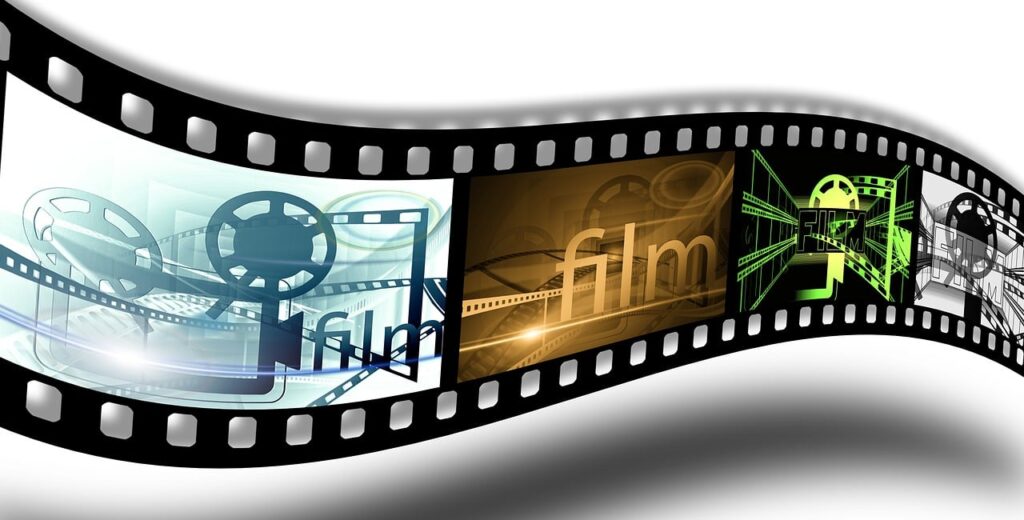
**9. Blade Runner (1982)**
Next up, we’re heading into a rain-soaked, neon-drenched dystopian Los Angeles with Ridley Scott’s “Blade Runner.” This moody sci-fi noir is now hailed as a monumental classic, influencing countless films and even entire sub-genres. But here’s the wild truth: it barely scraped by at the box office, not quite living up to expectations during its initial run.
Part of the challenge was its timing, arriving the same month as Steven Spielberg’s “E.T. the Extra-Terrestrial,” which dominated theaters. Audiences expecting a straightforward action flick with Harrison Ford were met instead with a slow-burn philosophical meditation on humanity. Critics were divided, praising visuals but questioning the storyline, and studio interference with multiple versions only added to the confusion.
However, the film’s visually stunning world, brooding atmosphere, and complex themes eventually found their champions. The release of the 1992 director’s cut, in particular, helped audiences truly understand Scott’s original vision. “Blade Runner” has since seen multiple re-releases and even spawned a hit sequel, cementing its cult status for its profound questions and unparalleled visual artistry. It is now considered one of the most important and influential films in cinema history.

**10. Brazil (1985)**
Prepare for a dive into the wonderfully chaotic mind of Terry Gilliam with his 1985 dystopian science fiction masterpiece, “Brazil.” Gilliam is known for films drenched in eccentricity and madness, and “Brazil” is arguably his best work. It’s a visually spectacular, darkly humorous tale of a worker dreaming of escaping an oppressive bureaucratic world.
Unsurprisingly, “Brazil” was a commercial disappointment. It suffered from a long and arduous conflict regarding its final cut, a classic battle between artistic vision and studio demands. Gilliam even conducted separate screenings for critics to get his preferred version seen. Ultimately, it failed to recoup its initial costs, ending up as a box office flop.
But as with many true works of art that are ahead of their time, “Brazil” found its audience. Subsequent film enthusiasts and critics rallied behind it, praising its impeccable design, quality world-building, and ingenious plot twists. Today, “Brazil” is considered a seminal work of art in the science fiction genre, a powerful reminder that challenging films sometimes need time to be celebrated as groundbreaking.

**11. The Big Lebowski (1998)**
Get ready to abide, because we’re talking about the Coen Brothers’ tripped-out stoner comedy, “The Big Lebowski”! This film is practically the poster child for a cult classic, with its hilariously absurd characters and a storyline involving mistaken identity and a kidnapping plot gone wrong. It’s a testament to the Coen Brothers’ brilliant writing.
Believe it or not, “The Big Lebowski” not only flopped at the box office but also received mixed reviews from critics. Many didn’t quite grasp its strange, rambling plot. The film’s relaxed pace and its signature “dude” philosophy proved too unconventional for mainstream audiences and critics who struggled to categorize it.
However, something magical happened in the years following its release. The film started to catch the attention of cinephiles and quickly became a crowd favorite. Fans began watching it repeatedly, with Jeff Bridges’ quotes becoming legendary. “The Big Lebowski” has since gained massive cult status, spawning fan gatherings and even its own “religion,” Dudism. It proves that a film’s true impact isn’t always about its opening weekend, but its unique, unreplicable vibe.

**12. Fight Club (1999)**
Alright, let’s talk about a film that truly pushed boundaries and left audiences stunned: David Fincher’s “Fight Club.” It’s astonishing to think that a movie with such searing audacity and daring ambition could initially face-plant at the box office, bringing in just $37 million domestically against its $63 million budget.
The problem? Fox had no idea how to market it. They tried selling it as a straightforward action flick, completely missing its twisted, satirical examination of masculinity and consumerism. This confusion, coupled with polarizing reviews (many found its explicit violence and masculine overtones controversial), meant it triggered more debate than ticket sales.
Yet, as often happens with groundbreaking art, a different generation appreciated “Fight Club” for its visual style and thematic boldness. The film absolutely exploded on DVD, raking in over $100 million in home video sales. This home media release was the game-changer, allowing viewers to truly dig into its complex layers. Today, “Fight Club” is rightly regarded as one of the greatest American films of the 90s, a defining movie for a generation, with its iconic twists and themes cementing its place in pop culture.
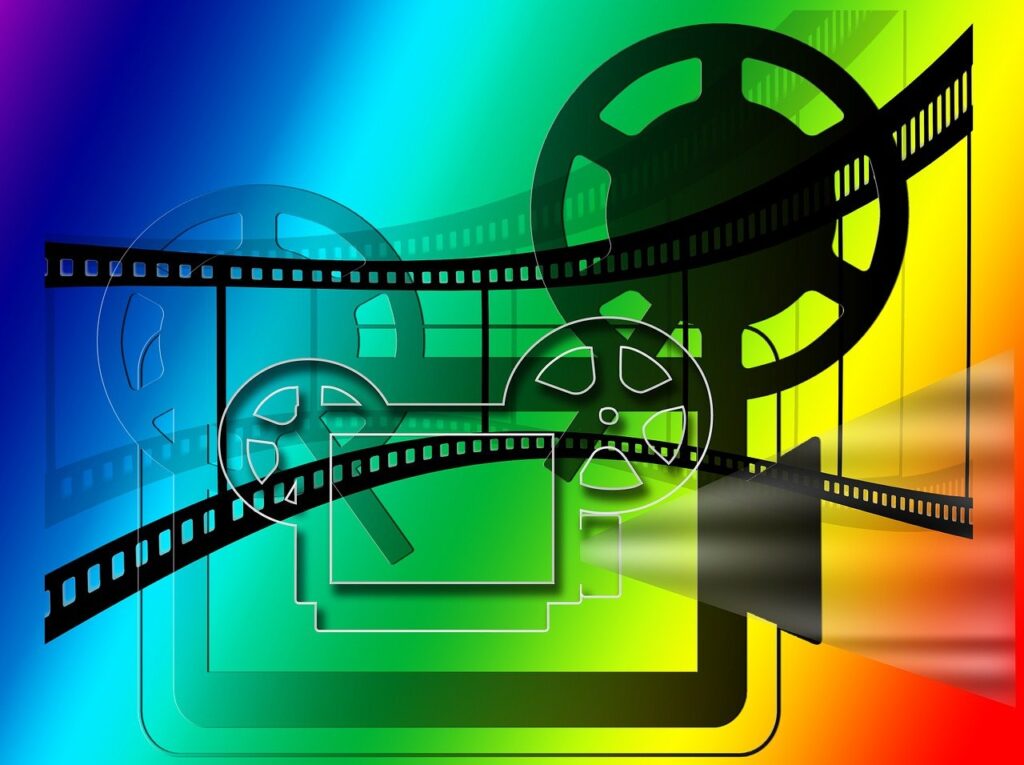
**13. Dazed and Confused (1993)**
Next up, we’re taking a nostalgic trip back to 1976 Texas with Richard Linklater’s iconic teen drama, “Dazed and Confused.” This film perfectly captures the hazy, carefree vibe of high school kids celebrating their last day, complete with cruising, parties, and adolescent antics. It’s a true slice of life that makes you feel like you’re right there with them.
It might shock you, but “Dazed and Confused” was a commercial failure during its initial release, grossing just over $8 million in the US. The culprit? Faulty marketing strategies that simply didn’t connect the film with its potential audience. Distributors weren’t sure how to sell Linklater’s unique, sprawling, and plot-light narrative, which focuses more on atmosphere and character than conventional story arcs.
However, like a perfectly aged classic rock album, “Dazed and Confused” found its groove over time. It has since featured in numerous lists of the best coming-of-age dramas, celebrated for its authentic portrayal of teenage life and its incredible ensemble cast. And let’s not forget Matthew McConaughey’s immortal line: “alright, alright, alright!” That catchphrase alone has become one of the most iconic in cinema history, proving that sometimes, all a film needs is a little time for the world to catch up to its undeniable cool factor.

**14. The Shawshank Redemption (1994)**
Here’s one that truly blows people’s minds: “The Shawshank Redemption.” This Frank Darabont gem, now considered by many to be one of the greatest films ever made and topping IMDb’s highest-rated list, was a genuine box office failure! It’s almost unthinkable now that this powerful tale of hope and redemption didn’t instantly capture hearts.
Released in the stacked year of 1994, “The Shawshank Redemption” unfortunately got steamrolled by giants like “Pulp Fiction” and “Forrest Gump.” It suffered from a severe lack of effective promotion, barely pulling in $16 million against its $25 million budget. Even Tim Robbins famously joked that nobody could remember its clunky title. This truly shows how crucial timing and promotion can be.
But oh, how the tides turned! Its path to immortality began with repeated airings on the TNT network, bringing it into countless homes. Then came the DVD release, cementing its place in popular culture. Suddenly, everyone was talking about Andy Dufresne and his incredible journey. Today, “The Shawshank Redemption” is regarded as one of the greatest films of the 90s and arguably the most beloved film of all time. Its timeless themes of hope, perseverance, and freedom resonate deeply, proving that numbers do not matter—ultimately, a film resides in the hearts of people.

**15. Citizen Kane (1941)**
And finally, we arrive at the film that consistently sparks debate and often tops “greatest of all time” lists: Orson Welles’ “Citizen Kane.” Yes, the film widely considered the greatest American film ever made, a cinematic marvel influencing nearly every aspect of filmmaking, was a famous box office failure! Its profound influence wasn’t felt immediately.
This groundbreaking work came about because Welles, unusual for a debut director, was given complete creative control. However, the film’s inspiration—Welles’ co-writer Herman Mankiewicz based the story on powerful newspaper publisher William Randolph Hearst—proved to be its biggest initial downfall. Hearst was reportedly furious.
He allegedly used his immense influence and media empire to deliberately trash and damage any scope for “Citizen Kane” to achieve commercial success. This essentially sabotaged the film’s theatrical run, preventing it from reaching a wider audience at the time. Imagine facing such a powerful adversary right out of the gate!
But, as true genius often does, “Citizen Kane” lived to stand the test of time. In the years following its release, a growing number of critics and filmmakers recognized and admired its revolutionary craft, solidifying its status as a major milestone. It stands as a powerful reminder that while some films face insurmountable challenges upon release, true artistic merit will always find its moment, cementing its legacy for generations to come.
**The Enduring Magic of the Underdog:**
Read more about: Decoding the Labyrinth: 10 Complicated Movies That Left Audiences Asking ‘What Just Happened?’
Wow, what a journey through cinematic history! It’s truly fascinating to see how many of the movies we absolutely adore today, the ones we quote, rewatch, and celebrate, actually started their lives as commercial and critical disappointments. These 15 films, from “Office Space” to “Citizen Kane,” prove that the box office isn’t always the greatest judge of a film’s true worth. They were misunderstood, ahead of their time, or just victims of really bad marketing (and sometimes, like “Citizen Kane,” powerful grudges!). But thanks to dedicated fans, home media, and new generations of viewers bringing fresh perspectives, these cinematic underdogs found their moment in the sun. They’ve not only earned their places as timeless classics but continue to influence filmmakers and captivate audiences worldwide. So next time a movie flops, remember: it might just be the next big cult classic waiting for its moment to shine! After all, the best stories often take the scenic route to our hearts.

